Kia Ceed vs VW Golf Variant – Which car suits you better?
Everyday use, family trips or long-distance drives – here’s where the differences show.
Discover whether Kia Ceed or VW Golf Variant fits your lifestyle better.
Here’s where it gets real: The technical differences in detail
Costs and Efficiency: Price and efficiency are often the first things buyers look at. Here it becomes clear which model has the long-term edge – whether at the pump, the plug, or in purchase price.
Kia Ceed has a slightly advantage in terms of price – it starts at 23500 £, while the VW Golf Variant costs 26100 £. That’s a price difference of around 2661 £.
Fuel consumption also shows a difference: the VW Golf Variant manages with 4.30 L and is therefore distinct more efficient than the Kia Ceed with 6 L. The difference is about 1.70 L per 100 km.
Engine and Performance: Power, torque and acceleration are the classic benchmarks for car enthusiasts – and here, some clear differences start to show.
When it comes to engine power, the VW Golf Variant has a decisively edge – offering 333 HP compared to 140 HP. That’s roughly 193 HP more horsepower.
In acceleration from 0 to 100 km/h, the VW Golf Variant is clearly quicker – completing the sprint in 4.80 s, while the Kia Ceed takes 9.50 s. That’s about 4.70 s faster.
In terms of top speed, the VW Golf Variant performs noticeable better – reaching 250 km/h, while the Kia Ceed tops out at 197 km/h. The difference is around 53 km/h.
There’s also a difference in torque: the VW Golf Variant pulls evident stronger with 420 Nm compared to 253 Nm. That’s about 167 Nm difference.
Space and Everyday Use: Cabin size, boot volume and payload all play a role in everyday practicality. Here, comfort and flexibility make the difference.
Both vehicles offer seating for 5 people.
In curb weight, the Kia Ceed is slight lighter – 1298 kg compared to 1366 kg. The difference is around 68 kg.
In terms of boot space, the VW Golf Variant offers clearly perceptible more room – 611 L compared to 395 L. That’s a difference of about 216 L.
In maximum load capacity, the VW Golf Variant performs distinct better – up to 1642 L, which is about 351 L more than the Kia Ceed.
When it comes to payload, VW Golf Variant to a small extent takes the win – 547 kg compared to 490 kg. That’s a difference of about 57 kg.
Our conclusion: The VW Golf Variant proves to be is largely superior and thus becomes our DriveDuel Champion!
Overall, VW Golf Variant is the better all-rounder in this comparison.
Kia Ceed
The Kia Ceed stands out in the compact car segment with its sleek design and impressive handling. It offers a comfortable and well-equipped interior that appeals to both drivers and passengers. With its efficient engine options, the Ceed provides a smooth and enjoyable driving experience suitable for city commutes and longer journeys alike.
details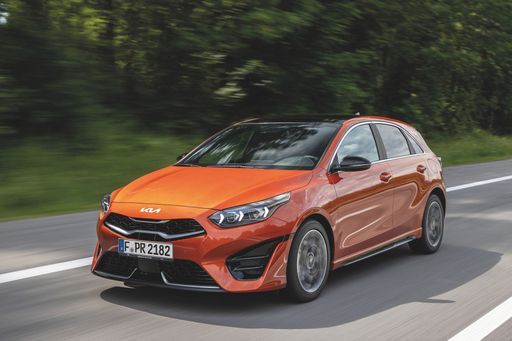 @ press.kia.com
@ press.kia.com
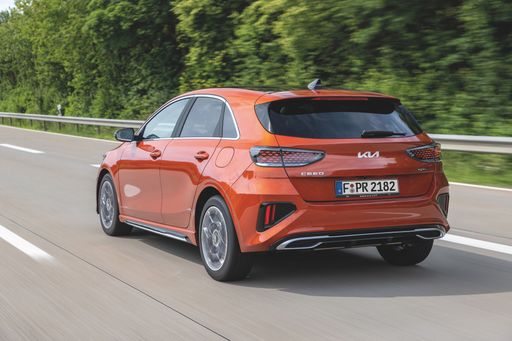 @ press.kia.com
@ press.kia.com
 @ press.kia.com
@ press.kia.com
VW Golf Variant
The VW Golf Variant represents a seamless blend of practicality and style, catering to drivers who require extra space without compromising on aesthetics. Its refined design and spacious interior make it an ideal choice for families and individuals with an active lifestyle. With advanced technology and a smooth driving experience, this estate car continues to impress within its class.
details @ Volkswagen
@ Volkswagen
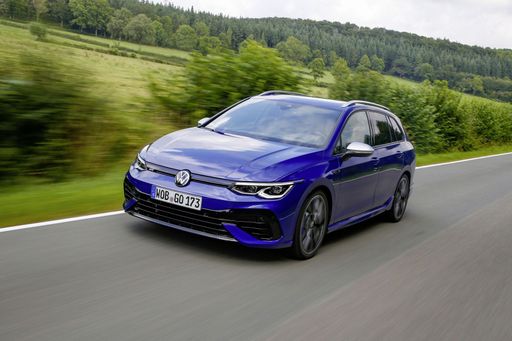 @ Volkswagen
@ Volkswagen
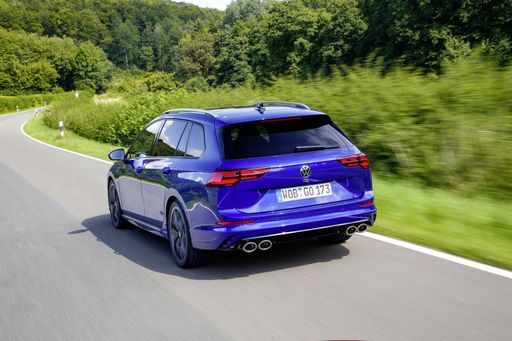 @ Volkswagen
@ Volkswagen
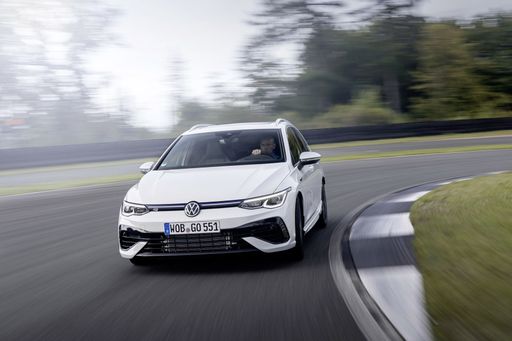 @ Volkswagen
@ Volkswagen
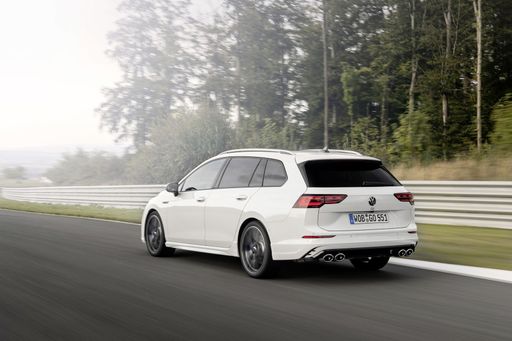 @ Volkswagen
@ Volkswagen
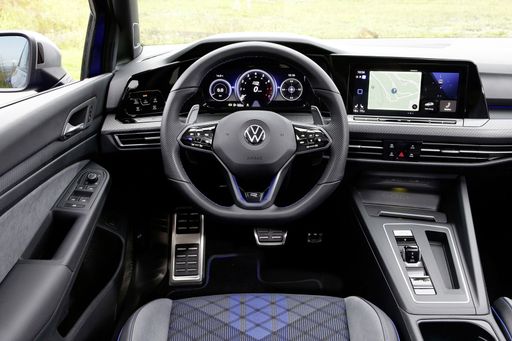 @ Volkswagen
@ Volkswagen
 @ Volkswagen
@ Volkswagen

|

|
|
|
|
Costs and Consumption |
|
|---|---|
|
Price
23500 - 26300 £
|
Price
26100 - 48700 £
|
|
Consumption L/100km
6 - 6.4 L
|
Consumption L/100km
4.3 - 8.2 L
|
|
Consumption kWh/100km
-
|
Consumption kWh/100km
-
|
|
Electric Range
-
|
Electric Range
-
|
|
Battery Capacity
-
|
Battery Capacity
-
|
|
co2
137 - 146 g/km
|
co2
114 - 185 g/km
|
|
Fuel tank capacity
50 L
|
Fuel tank capacity
45 - 55 L
|
Dimensions and Body |
|
|---|---|
|
Body Type
Hatchback
|
Body Type
Estate
|
|
Seats
5
|
Seats
5
|
|
Doors
5
|
Doors
5
|
|
Curb weight
1298 - 1372 kg
|
Curb weight
1366 - 1621 kg
|
|
Trunk capacity
357 - 395 L
|
Trunk capacity
611 L
|
|
Length
4315 mm
|
Length
4631 - 4651 mm
|
|
Width
1800 mm
|
Width
1789 mm
|
|
Height
1447 mm
|
Height
1462 - 1487 mm
|
|
Max trunk capacity
1253 - 1291 L
|
Max trunk capacity
1624 - 1642 L
|
|
Payload
478 - 490 kg
|
Payload
489 - 547 kg
|
Engine and Performance |
|
|---|---|
|
Engine Type
Petrol, Petrol MHEV
|
Engine Type
Petrol MHEV, Petrol, Diesel
|
|
Transmission
Manuel, Automatic
|
Transmission
Automatic, Manuel
|
|
Transmission Detail
Manual Gearbox, Dual-Clutch Automatic
|
Transmission Detail
Dual-Clutch Automatic, Manual Gearbox
|
|
Drive Type
Front-Wheel Drive
|
Drive Type
Front-Wheel Drive, All-Wheel Drive
|
|
Power HP
100 - 140 HP
|
Power HP
116 - 333 HP
|
|
Acceleration 0-100km/h
9.5 - 13.2 s
|
Acceleration 0-100km/h
4.8 - 10.5 s
|
|
Max Speed
178 - 197 km/h
|
Max Speed
202 - 250 km/h
|
|
Torque
172 - 253 Nm
|
Torque
220 - 420 Nm
|
|
Number of Cylinders
3 - 4
|
Number of Cylinders
4
|
|
Power kW
74 - 103 kW
|
Power kW
85 - 245 kW
|
|
Engine capacity
998 - 1482 cm3
|
Engine capacity
1498 - 1984 cm3
|
General |
|
|---|---|
|
Model Year
2024
|
Model Year
2024 - 2025
|
|
CO2 Efficiency Class
E
|
CO2 Efficiency Class
D, G, F, C
|
|
Brand
Kia
|
Brand
VW
|
What drivetrain options does the Kia Ceed have?
The Kia Ceed is available as Front-Wheel Drive.
The prices and data displayed are estimates based on German list prices and may vary by country. This information is not legally binding.
